Trying to remember your mat, battling traffic jams on the way to your yoga class, and arriving in a fluster because you're a few minutes late and the entire floor of the studio room is a crowd of mats and people. Sound familiar? Sometimes, yoga classes can leave you feeling discomposed rather than Zen.
What if you could save time, unroll your mat whenever you like and release stress in a calm and familiar environment by practising in the comfort and peace of your own living room?
If you're completely new to practising yoga without going to the studio, you may be wondering how you even get started? What equipment do you need at home? Whether you want to simply relax and unwind, or you want to do the latest crazy and bendy poses, a yoga mat is a staple piece of equipment every yogi needs: it all starts with the mat.
Want to know more? Keep on reading to find out how to start doing yoga in your own house!

Why yoga at home is so amazing
Being able to do yoga at home has some wonderful benefits, most of which revolve around being scheduling each session when and as long as you like, relaxing fully and allowing more time to settle into the poses that you feel are good for you to explore for longer. See below for some of the main points in favour of practising from home in addition or instead of a regular studio practice!
- You can have all the space you need and stretch all you want if your actual space at home allows it – you don’t have to worry about accidentally poking your neighbour
- You can choose to hold some poses for longer – like Savasana (final resting pose) or you can stay for longer after the workout for a quick meditation session too
- If you’re following along pre-recorded videos, you can pause whenever you feel the need to hold a pose for longer, or you can re-wind to hear the teacher’s explanation again
- It’s easily accessible and though we call it ‘home yoga’ you can actually do it anywhere with just a mobile device like a phone, tablet or laptop and a yoga mat
- It’s usually the cheaper (or even free) alternative to studio yoga. Though nothing beats practising at a studio under a teacher’s close guidance, if you’re only just taking up yoga and aren’t sure if the investment in a studio membership is worth it, the best solution is to start out using online videos on Youtube
- No time constraints – you don’t have to walk/bus/cycle/tube anywhere, no stress about getting to the studio on time or ahead of time to allow for a quick change in your workout clothes
- Speaking of workout clothes, when you practise at home you never need to worry about having matching clothes on (or any at all!). I own a lot of yoga clothes that come in amazing colours, but somehow I always end up practising in my pajamas at home. I guess this is the yoga version of owning too many shoes that you never wear!
- Because everything about doing yoga or any workout at home is just so easy and accessible, you’re more likely to do it more often or, at least, you’re more likely to relax and de-stress since you are on your own in a quiet place that you are familiar with rather than in a crowded studio with more distractions
- It’s May 2021 as I write this and the pandemic is unfortunately still a thing, so being able to practise at home does take a lot of the worry away when it comes to catching the virus or being exposed to germs. It’s definitely worth keeping in mind that you can work out from home especially during the flu season, even once the pandemic passes (please make it go away soon!)

The grey yoga mat in the photo above is available here.
Yoga for beginners at home
Yoga for beginners at home may sound intimidating, but a yoga workout in your living room could revolutionize exercise for you. However, flowing through yoga sequences on your own may prove to be quite a challenge.
It can be hard to have the motivation to work out in your own house. When you practise yoga in a studio, your yoga teacher is there to motivate you and guide you through various exercises. You won't have that when practising in your front room.
To find motivation, get into the habit of making your yoga flow part of your morning or lunchtime routine. This may feel hard at first, but if you're consistent you'll be able to fit 15-20 minutes of yoga into your day effortlessly.
Alternatively, tie the new habit of a daily yoga flow to an existing habit you have – that way it’s easier to stick to your plan and take up home yoga. For example, you can take 10-15 minutes for a quick stretch just before your lunch break; soon enough, pre-lunch yoga will become something you do regularly.

What products are required to start basic yoga for beginners?
The great thing about yoga is that you don't actually need much to get started, making it an inexpensive option for building strength and flexibility. All you need is a quiet space and a few pieces of equipment including:
- A yoga mat: this is the one piece of gear you can’t do without and it should be a suitable thickness for your yoga practice to prevent aching joints and injuries
- Straps: great for stretching after your workout, but if you don’t want to invest in a yoga strap you can also use a towel or a belt
- Blocks: these will help you to ease into certain poses and find your balance especially as a beginner
I said it above and I’ll say it again: having a good yoga mat is the most important thing to keep in mind when setting up your workout space at home. Because you won’t have a teacher physically present in the room as you practise, you’ll need to be able to control your posture all on your own, which is nearly impossible if you are using a yoga mat that is slippery.
Choose a yoga mat that is non-slip so that you can move from pose to pose with confidence. Using a good mat at home will also ensure that your focus is on the poses, your breathing technique, and the teacher’s instructions rather than on always feeling one second away from falling or having to readjust the position of your hands and feet as they involuntarily move on a slippery surface.
To make sure you get the yoga mat you need for at home, always go for one that is made with natural rubber and that has the right thickness and grip. For a full guide, check our older post on how to choose your yoga mat.
You don't need a huge amount of space, just enough to roll out your mat and practise comfortably without hitting any walls! When you first start your yoga practice, set small goals. Begin by just doing 10-15 minutes of practice each time.
Start with basic beginner poses and challenge yourself with new ones as you become stronger and more skillful. Next, we'll talk about how to get started and which poses are great for novices starting out their first few classes at home!

How to learn yoga at home
You've probably got loads of questions about practising yoga - how to learn yoga at home? How to do basic yoga for beginners? If you feel completely stuck, online yoga classes are becoming increasingly popular.
Many yoga practitioners are offering them, as well as the many tutorials that are available on the internet. From Ashtanga classes to Yin Yoga tutorials, there's something for everyone online. All you need is a good internet connection and your TV or laptop!
Another great thing about practising in your own house is you don't need to choose one particular style of yoga. Assess how your body feels each day and decide what it needs.
Also, don’t be put off by all the seemingly strange names – make sure you try everything and then see what style you like best. After all, if you really don’t like something you can always just press pause on it and try something different – that’s the beauty of doing online classes at home!
Are you feeling strong and want to get your heart rate up? Try power yoga. Want to take it easy and relax after a grueling day at work? Hatha yoga is what you need. Take your time and enjoy whichever home yoga practice you choose.
If you’re not comfortable following along from videos on Youtube, you’ll be happy to know that many yoga teachers or studios are teaching online classes over Skype or Zoom, especially since the pandemic. All you have to do is find a studio you like and join their online classes or find a yoga teacher you like on Instagram and ask if they also teach online. Our IGTV on Instagram also has a series of free yoga videos for all levels. If you’d like to start from there, all you need to do is search ‘diyogi.mats’ on Instagram or click here.

The most important yoga poses you need to know
Every beginner yoga program should start with the basic poses that will set you up for the more challenging positions. A yoga instructor will commonly teach these beginner positions:
- Downward facing dog: probably one of the most well-known poses, downward dog is ideal for relieving pesky back pain. It's also great if you have tight hamstrings and shoulders that need opening. However, avoid this pose if you suffer from carpal tunnel syndrome as it can put pressure on the wrists.
- Child's pose: This restorative pose is commonly used to rest before moving onto the next sequence. It provides a gentle upper and lower back stretch and helps to relax the shoulders and spine.
- Cobra pose: This pose is great for introducing you to the world of backbends. It can strengthen and stretch the entire core as well as opening the chest and helping with spinal flexibility.
If you’d like to see a full list of the most common yoga poses, we’ve got one stored for you here.

Is it possible to learn through yoga videos online?
You may be wondering, can I learn yoga online? Yes, definitely! Online classes are a great way to learn yoga. Even though you don't have an instructor physically there, they can still motivate you and talk you through each sequence.
Thanks to online platforms such as Youtube, there are many channels dedicated to teaching yoga and different tutorials on each pose.

Is doing yoga good for you?
Yes, 100%! It offers many mental and physical health benefits for everyone, regardless of their age or fitness level. It also makes a great recovery day workout if you're fatigued or feeling on edge.
Yoga is great for improving overall flexibility, balance and strength. The slow, controlled movements and deep breathing warm the muscles and increase blood flow while holding the poses builds strength, balance and flexibility.

Which type of yoga is best for beginners?
As a beginner, it's important not to jump straight in and try and do the challenging practices, that's how injuries happen! Begin by taking it slow. Hatha style is a great place to start and is also ideal for treating sore muscles to a nice stretch.
As you get more confident, you may want to challenge your body and take a more fast-paced class such as Vinyasa or Ashtanga practice.

How many days a week should a beginner do yoga?
This completely depends on each yogi. Listen to your body and if you feel you need a rest day, take one. Don't make the mistake of working yourself into the ground every day as this can also result in injuries!
As a beginner, aim for around 15 minutes 3-4 times a week. As you practice yoga more and your stamina improves, increase the length of your sessions. The most important thing is to enjoy the practice!



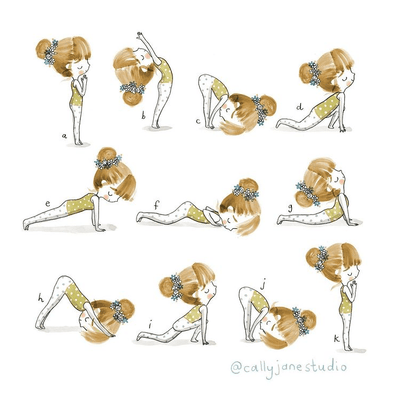
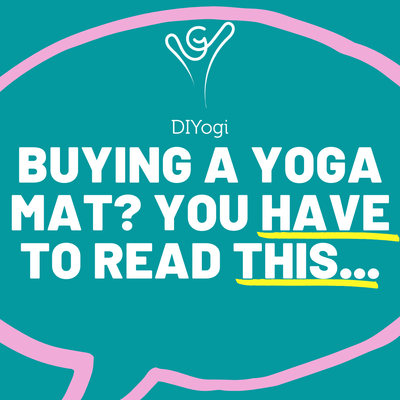
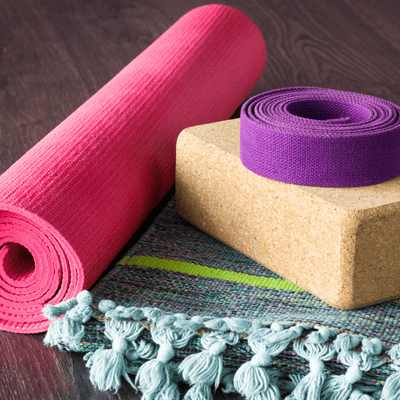
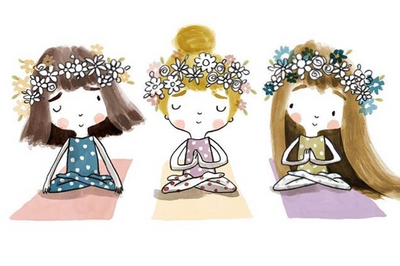
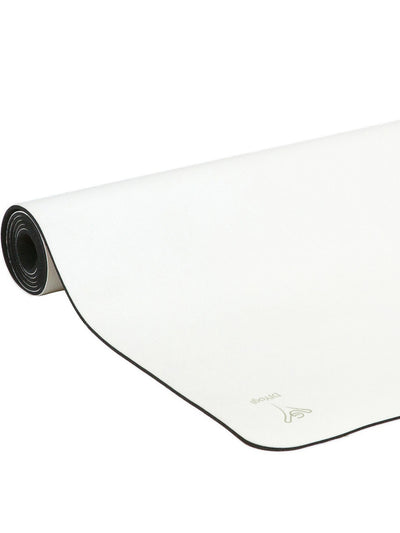
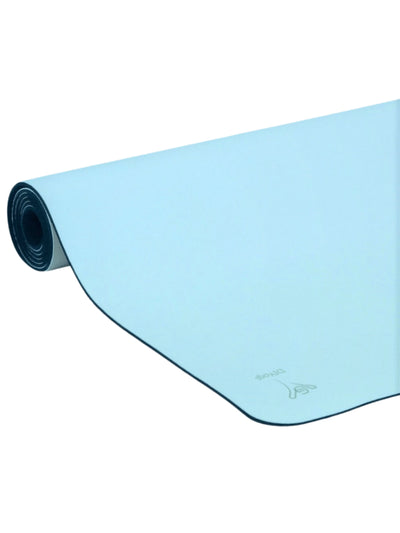
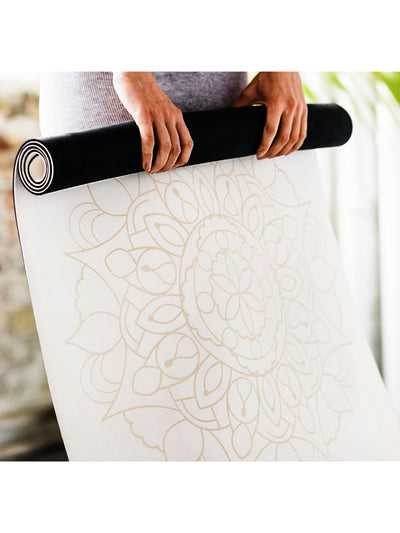
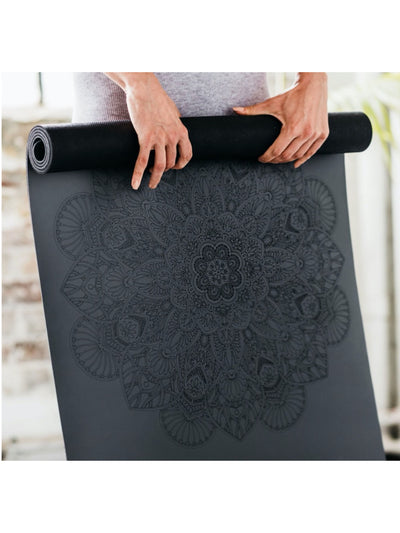
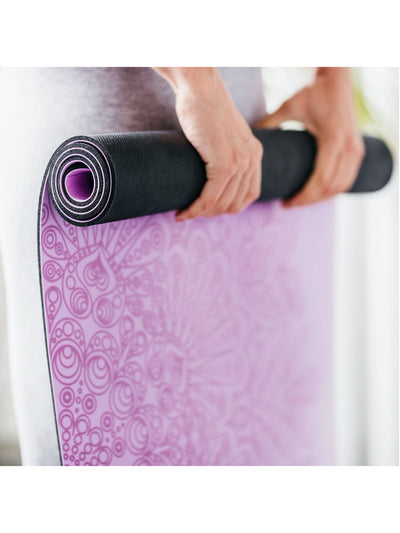
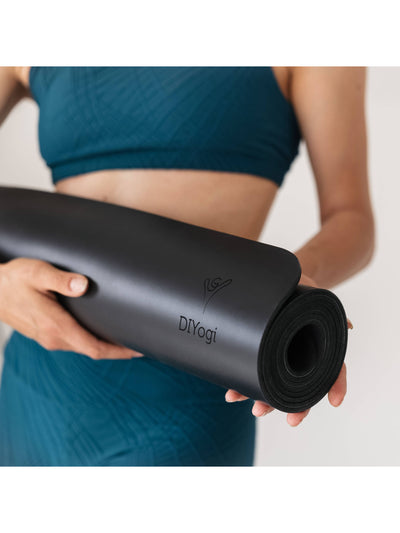
Leave a comment